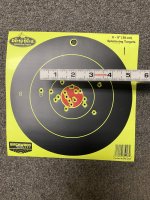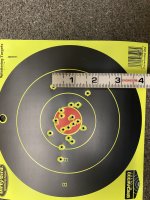I am seeing this stuff around and I don't mind paying for good ammo if it works in my gun..My worry is if It works, do I still need to worry about it going transonic in the summer? Will that throw off accuracy? Does anyone shoot RWS100 in the hotter months and if so does it still perform well?
Thank You!
Thank You!





